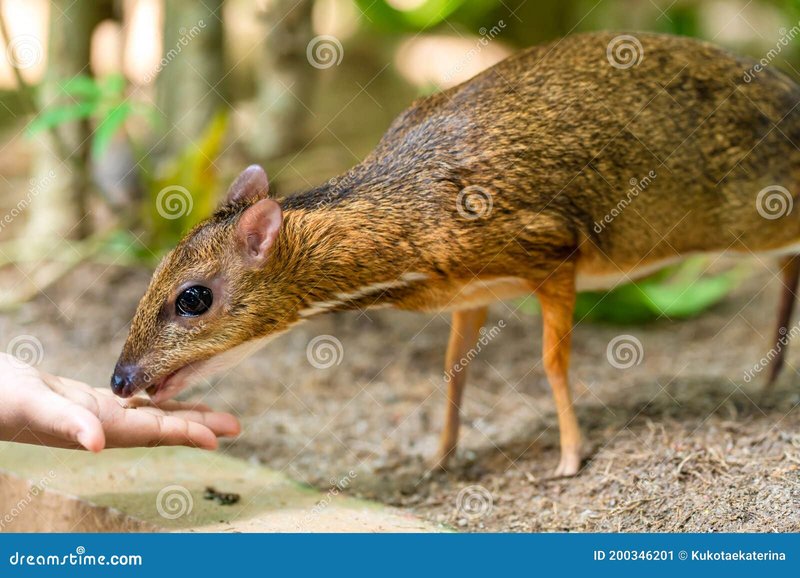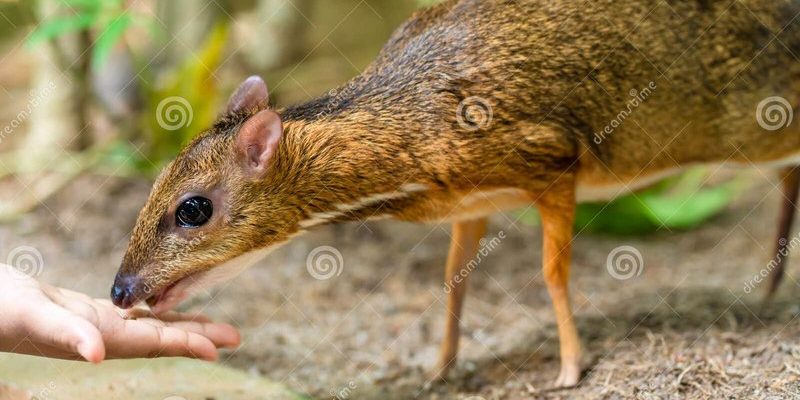
Mouse deer, belonging to the family Tragulidae, are often found in regions where most larger animals wouldn’t thrive. They’ve adapted their lives to thrive in places that can be incredibly challenging. Each day is a new lesson in how to dodge threats, find sustenance, and even cope with the unpredictable weather. So, how do these pint-sized animals manage to survive against all odds? Let’s dive into their fascinating world.
Physical Adaptations That Help Them Survive
Mouse deer might be cute and small, but their bodies are built for survival. Their compact size is one of their greatest assets. This makes it easier for them to maneuver through dense vegetation, which protects them from both predators and the elements. Unlike larger deer that might need open spaces, mouse deer dart through thick underbrush, making themselves less visible.
Another interesting adaptation is their coloration. Most mouse deer have coats that blend perfectly with their surrounding environment. This natural camouflage helps them avoid detection from predators like big cats and birds of prey. Rather than standing out, they can melt into the shadows of the forest, making it harder for those hungry eyes to spot them.
Moreover, their nimble legs come in handy. Mouse deer can quickly dash away when they sense danger. This agility is crucial since they often rely on their speed rather than strength to escape threats. You might think of them as nature’s version of a stealthy tag player—quick and elusive!
Diet and Foraging Strategies
Feeding in harsh environments presents a unique challenge. Mouse deer are primarily herbivores, munching on leaves, fruits, and shoots. They’ve got a knack for finding food even in places where it seems scarce. Their keen sense of smell plays a big role in this. By sniffing out the freshest leaves or ripest fruits, they make sure they’re getting the best nutrition available.
Interestingly, mouse deer are crepuscular feeders. This means they are most active during dawn and dusk. By venturing out at these times, they can avoid the hotter temperatures of the day and reduce the risk of encountering predators. It’s like having your own personal happy hour, just with food instead of cocktails!
To make the most out of scarce resources, mouse deer often practice selective feeding. They choose specific plants that provide the most energy or nutrients. This strategy is crucial in environments where not all food sources are equal. If you’re ever in a tough spot, look at how they prioritize their meals; it’s a lesson in making the most out of what you have.
Behavioral Adaptations for Survival
When it comes to survival, what you do matters just as much as what you look like. Mouse deer are incredibly cautious creatures. They often take their time to assess the environment before making any moves. This cautious behavior helps them avoid conflicts and dangerous situations. Think of them like someone carefully navigating a crowded room—they look before they leap!
They also use escape strategies when they sense danger. Instead of freezing in place, which might make them an easy target, mouse deer will often scatter in different directions. This instinctual behavior confuses predators and increases their odds of survival. It’s like a game of hide-and-seek where the stakes are high!
Another fascinating behavioral trait is their social structure. While mouse deer are generally solitary, they sometimes come together in small groups, especially during mating seasons. This can provide some added safety in numbers. Imagine how comforting it is to have a few friends around during tough times—you’re stronger together!
Adapting to Climate Challenges
Mouse deer often inhabit tropical and subtropical regions, but that doesn’t mean their lives are a walk in the park. The harsh weather can impact their survival. During heavy rain or extreme heat, these little creatures have to adapt quickly.
For instance, during rainy periods, they seek shelter under dense foliage to stay dry. Their ability to find refuge helps them conserve energy and stay healthy. If they get too wet, they risk becoming chilled and vulnerable to illness. So, they’re kind of like those kids who don’t want to get their shoes muddy—they know when to look for cover!
In drier seasons, food becomes scarce, and they may have to travel longer distances to find tasty plants. This means they need to be extra careful, keeping an eye out for predators while they forage. It’s a balancing act of staying safe while satisfying their appetite—talk about multitasking!
Threats and Conservation Efforts
While mouse deer have developed some impressive survival techniques, they still face numerous threats. Habitat loss due to deforestation is a significant problem. As humans continue to encroach upon their territories, these animals lose safe places to live and find food. It’s heartbreaking because these adaptations become less effective in shrinking habitats.
Poaching is another major threat. Mouse deer can get caught in snares set for other animals, leading to decline in their populations. Conservation organizations are now stepping in to help protect these unique creatures. Local governments and wildlife groups are working on preservation plans that include habitat restoration and anti-poaching initiatives.
If you’re passionate about wildlife, consider supporting initiatives that focus on conserving the habitats of mouse deer. Every little bit counts, and it helps ensure that these remarkable animals can continue to thrive in the face of adversity.
Mouse deer are truly remarkable creatures that navigate their challenging worlds with grace and cleverness. From their physical adaptations to their cautious behavior and resourceful feeding strategies, they’ve honed their survival skills in ways that inspire awe. These tiny deer teach us that survival isn’t just about strength; it’s about adaptability, awareness, and sometimes a sprinkle of luck.
Next time you think of the harshness of nature, remember the mouse deer and how they endure against the odds. Whether it’s dodging predators or finding food in tough climates, they embody resilience. So, let’s admire these tiny survivors and the incredible ways they manage to thrive, reminding us that even in the face of adversity, there’s always a way to carry on.

